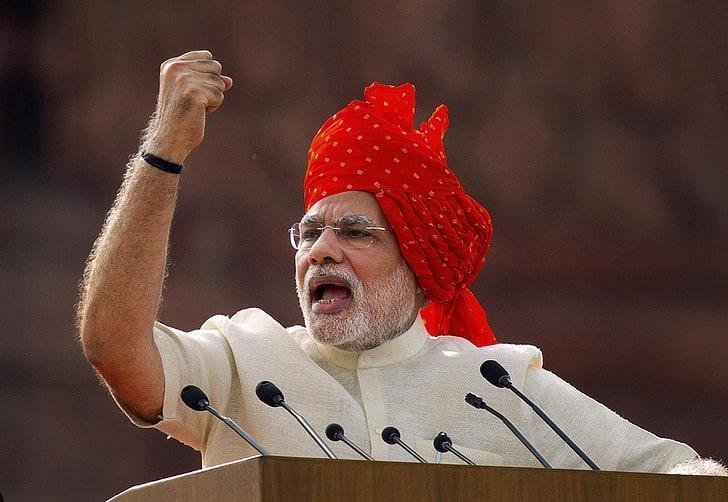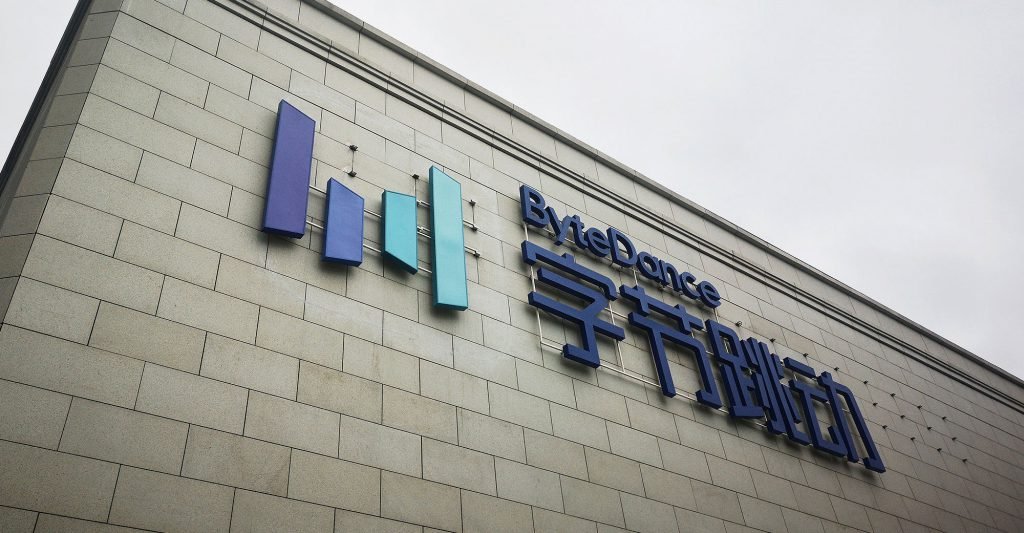China has created an alternate online world over the last decade, where Google and Facebook scarcely exist. Today, its own biggest technology firms, from Alibaba Group Holding Ltd. to Tencent Holdings Ltd., having a taste of what a shutout feels like.

India ‘s stunning decision to ban 59 of China’s largest apps is a message to the country’s tech giants, who for years have thrived behind a government-imposed Great Firewall that has kept many of America’s best-known internet names out.
If India finds a way to carry out this challenge, it may provide a model for other countries from Europe to South East Asia that aim to reduce the prevalence of apps such as ByteDance Ltd.’s TikTok while safeguarding the immensely valuable data of their people.
The shock moratorium struck Chinese internet companies just as they were starting to move forward in the fastest-growing mobile arena in the world, on the road to global and challenging American technology industry dominance. TikTok has signed up to 200 million users, Xiaomi Corp. is the No. 1 smartphone brand, and Alibaba and Tencent have aggressively pushed their services forward.
But India ‘s strategy jeopardizes all of these successes and may have larger strategic implications as the U.S. continues to mobilize countries to avoid using Huawei Technologies Co. for 5 G networks. With China’s tech companies expected to become some of the most powerful in emerging technologies , such as artificial intelligence, India’s actions might encourage countries around the world to consider the degree to which they enable China to obtain user data — and potentially economic leverage in future disputes.
“Techno-nationalism will gradually manifest itself in all facets of geopolitics: national security, economic growth, and even social values,” said Alex Capri, a Singapore-based research fellow at the Hinrich Foundation. “It will be gradually difficult to distinguish Chinese tech companies from the CCP and China’s geopolitical ambitions.
Chinese internet firms have struggled to expand their online services outside their home turf, long before Washington’s lawmakers started raising questions about the wisdom of allowing Asian nation corporations — like ByteDance — to hover up valuable personal data. India exacerbated these fears by accusing applications such as TikTok, Tencent’s WeChat, Alibaba’s UC Network and Baidu Inc.’s maps and translation services of undermining the sovereignty and security of the country.

“Beijing will definitely be worried that the effect of the deadly clash could drive India toward the U.S.,” said Zhang Baohui, director of the Center for Asian Pacific Studies at Lingnan University. “But these recent economic steps by India do not bother Beijing on their own, as it understands that Modi ‘s government, faced with increasing domestic nationalism, needs to do something to soothe the public sentiment and retain legitimacy”
China-India Tensions Persist amid the call to disengage
It remains unclear how India will enforce its decision, given that TikTok — for one — has already been downloaded by approximately one in six people. But it follows a series of steps to curb China’s presence in the country, demonstrating the administration’s hardened resolve since long-standing tensions erupted after a deadly Himalayan border clash that killed 20 Indian soldiers.

The government procurement website of the country has banned purchases of Chinese-made goods. Officials also requested the largest e-commerce firms, including Amazon.com Inc. and Walmart Inc.’s Flipkart, to start displaying “country of origin” on products sold, and India is reported to be dragging its feet on clearing products imported from China, stalling electronics in ports.
“The Indian Government is thinking of governing the Internet in a very similar way to China, which is a general ban, asserting national boundaries on the Internet, and essentially sculpting what would eventually become a version of the Indian Great Firewall,” said Dev Lewis, a research fellow at the Digital Asia Hub in Shanghai. “Everyone is struggling to deal with governing technology companies and apps.
In terms of immediate market effects, ByteDance may have been the hardest hit. India is the largest market with more than 200 million TikTok users. During a brief ban last year, the Chinese company reported that half a million dollars a day in sales had been lost. In a Twitter statement, Nikhil Gandhi, head of TikTok India, said that the company complied with all data privacy and security requirements under Indian law and did not share any user information with any foreign government, including Beijing.

India ‘s prohibition could also give American companies a potential advantage over Chinese players in an unusual global technology market that is both populated and not yet saturated. Though WeChat has never made it big in India, banning it can help shore up WhatsApp via Facebook Inc. Cutting out TikTok immediately gives YouTube a boost by Alphabet Inc.
On Tuesday, Minister of Foreign Affairs Zhao Lijian said that China was “strongly concerned” about India’s actions. “The Government of India has a responsibility to uphold the legitimate and legal rights of international investors, including Chinese,” he said.
In India, TikTok is taking over YouTube in the Nasty Battle for Dominance
But for the time being, China doesn’t have many great ways to retaliate.
“While Beijing is highly adept at economic bullying, in this case it has rather restricted options for behaving in a reciprocal manner,” Eurasia Group analysts wrote in a research note. “Bilateral trade is heavily weighted towards Chinese exports to India. Attempts to damage India may have an economic effect on Chinese firms.”

1 Comment
Pingback: Instagram Reels' new update to allow 2x video length and more - Craffic